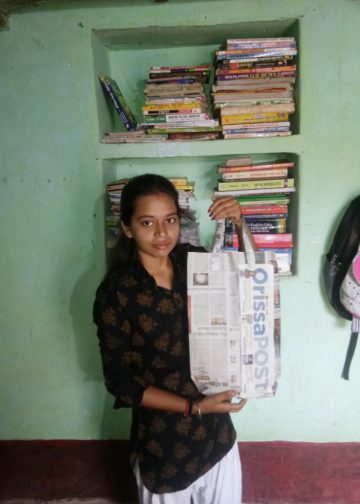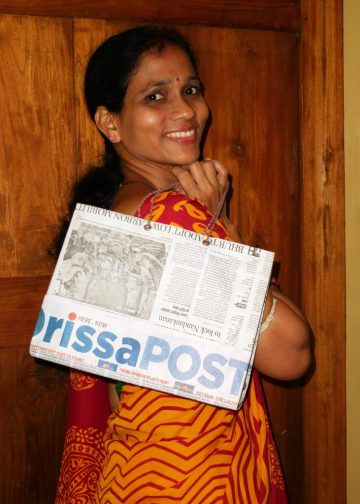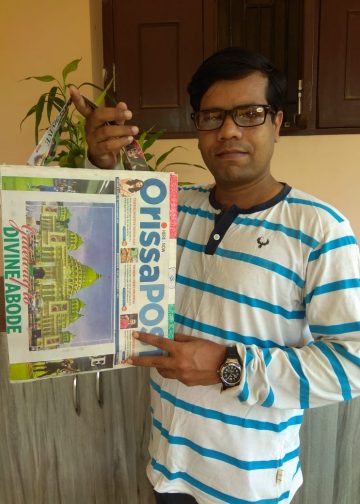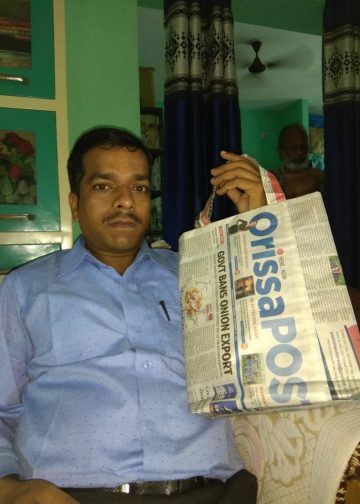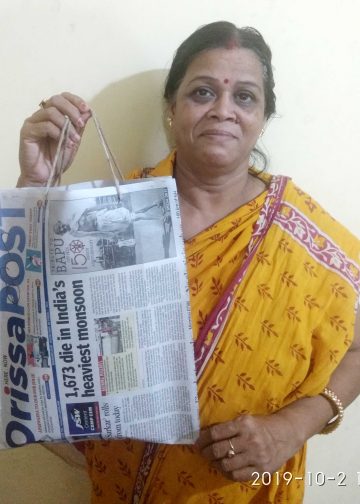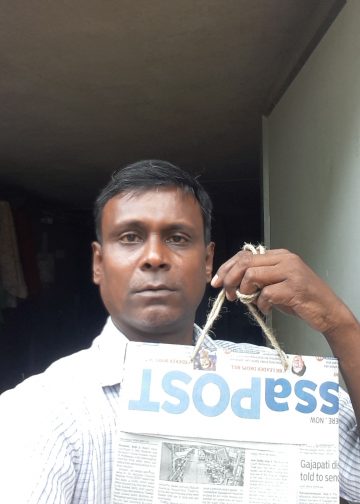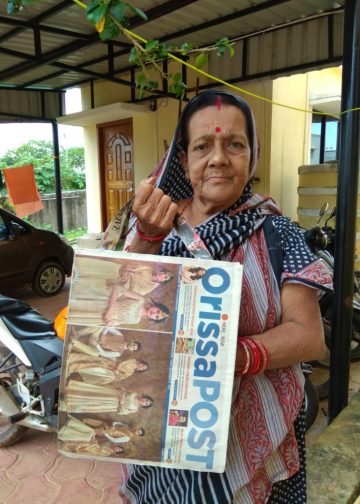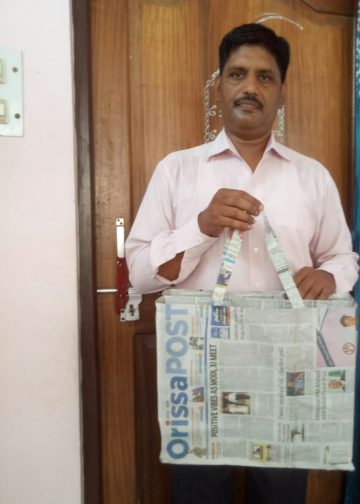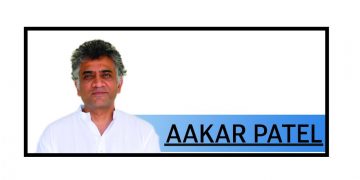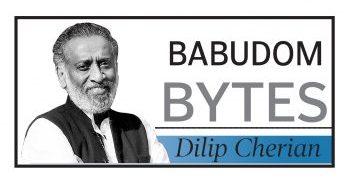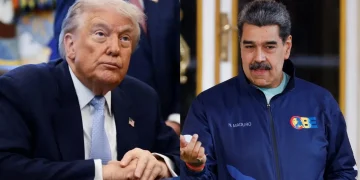Saeed Naqvi
The electoral typhoon that brought Modi to power in May was in total defiance of conventional caste calculations. Do the new inductions spell a reversal to old trends?
Every non-Brahmin prime minister lasted a year or less. Manmohan Singh’s is an exception. He was a CEO nominated by Sonia Gandhi at a miraculous moment of power she created for herself by an act of renunciation
===
Eminent TV anchor, Rajdeep Sardesai, has in a recent article drawn attention to the fact that Prime Minister Narendra Modi has restored balance to his cabinet by inducting Manohar Parrikar and Suresh Prabhu, two Gaud Saraswat Brahmins, as full-fledged ministers. Some writers took him to task for his Brahminical digression, strange in a country where caste drives so much of public life.
The electoral typhoon that brought Modi to power in May was in total defiance of conventional caste calculations. Do the new inductions spell a reversal to, well, old trends? Does Modi aim to pursue RSS’s vision of Hindu Rashtra in which the old caste pyramid will be reinstated? Or, am I jumping the gun?
I was tempted to say a thing or two but I hesitate because I have memories of an earlier mishap. My collection of essays published in 1996, when PV Narasimha Rao’s term came to an ignominious end, was titled “The Last Brahmin Prime Minister?” My friends were infuriated. How dare I make such a casteist prediction?
I had done nothing of the sort. The big fat question mark at the end of the title was inserted at the instance of a quintessential Brahmin, my late guru and friend, Rishi Kumar Mishra. It was a statement in itself. It was specifically designed to anticipate Atal Bihari Vajpayee.
Yes, trends then did suggest an end, or at least a temporary suspension, of the traditional premium on Brahmins as prime ministers.
Ever since Mahatma Gandhi tipped the scales in favour of Pandit Jawaharlal Nehru as Independent India’s first prime minister that has become something of a norm: a Brahmin prime minister has been the most durable. In this framework, Rajiv Gandhi would be counted a Brahmin, and not a Parsi which is what he technically was.
Every non-Brahmin prime minister lasted a year or less – Charan Singh, VP Singh, Chandra Shekhar, HD Dewe Gowda, IK Gujral. Yes, Manmohan Singh’s is an exceptional case. He was a CEO nominated by Sonia Gandhi at a miraculous moment of power she created for herself by an act of renunciation.
By the time PV Narasimha Rao ascended the gaddi, it was more or less clear that the Brahmin line was coming to an end.
The continuous sniping between Narasimha Rao and Arjun Singh was most debilitating for the Congress. Since Arjun Singh also happened to be a Thakur, the rivalry acquired a pronounced, Thakur-Brahmin edge. The Brahmin won but only after coordinating politics with the BJP.
After the Babri Masjid debacle, Narasimha Rao took courage in his hands and, at the Tirupati session of the AICC in 1993, ordered elections to the Congress Working Committee. To Rao’s chagrin, Arjun Singh won by the largest margin, demonstrating his control on the party machine. Next in popularity were Sharad Pawar and Rajesh Pilot. An unnerved Rao annulled the results.
Thereafter, the decline of the Brahmin in public life became Rao’s principal concern. When Rajiv Gandhi came to power in 1984 on the sympathy wave for Indira Gandhi’s murder, with a two-thirds majority in a House of 544, of the 198 upper castes in the House, there were 79 Brahmins. But in 1991, the number dropped drastically. UP alone had returned 22 Brahmins in 1984. After 1991, the number of Brahmins on the Congress ticket was down to two.
The trend was reflected in the manner in which Brahmins of all hues were rejected in the 1991 elections. If VN Gadgil and Vasant Sathe lost in Maharashtra on the Congress ticket, so did Madhu Dandwate on the Janata Dal ticket; as did Ramakrishna Hegde in Karnataka.
There I go opening my mouth again in a sensitive caste debate. But let me say my two penny bit. Having grown up among Brahmins (and others) in the region of UP, I am inclined to the view that Brahmins reared in the area of Triveni, Ayodhya, Kashi, Mathura, Haridwar are much more relaxed about their Brahminism than the self conscious “twice-borns” from the regions.
In which case how does one explain the inelegant communalism of Amit Shah, Yogi Adityanath, Sadhvi Rithambara, Giriraj Singh and the unforgettable Sadhvi Niranjan Jyoti whose “Haramzada” is reverberating in the Rajya Sabha? “None of these are Brahmins”, interjects a BJP functionary, clearly wearing his caste on his sleeve.
A masterly sociological study by Robert Frykenberg, establishes a model which is as valid today as it was in the 18th century.
During Maratha expansion, Guntur came under the rule of the Marathas who brought with them their own administrators. The British had set up their headquarters at Fort St. George.
A British ICS officer posted to Guntur as collector noticed inordinate delays and obstructions in implementation. Inquiries reached a dead end because files, which would explain the delays, could not be traced. It was all so cleverly orchestrated that it was impossible to identify the culprit.
The exasperated officer approached Fort St. George for intervention. Here too, there was no headway. In fact it was even tardier. Matters reached the Privy Council in London. Only then was the Gordian knot unloosed.
The Privy Council found that most of the administrators the Marathas brought with them were Desastha Brahmins. When the Marathas made way for the British, who retained the middle and lower administrators, because of their outstanding abilities, the British were obviously innocent of their genius for clan networking. This network had spread from Guntur to Fort St. George.
Now, let me tell you a different story from among the Brahmins I have grown up with. After the fall of the Babri Masjid, riots spread in Kanpur. My energetic cameraman, Kabir Khan (now a renowned film maker) accumulated interviews from four locations where mobs tried to attack Muslims but were repulsed by those Hindus, who we unfortunately tend not to take note of.
A lone woman hid Rukhsana Bi in a trunk. The rioters asked her to swear on “Lord Rama” that she was not sheltering a Muslim. She did. She is known in the neighbourhood as “Panditaen”, which mean “wife of a Pandit”. Tripathiji protected more than a hundred women and children sheltered in a private garden. He sent the mob away.
An elderly lady wearing a white sari climbed onto the roof of her house. She threatened to rain bricks on the mob if they move towards the Muslim basti. The Muslims address her as Mishraen Amma.
Pandeji stood in a narrow alley and with his bare hands pushed back a mob carrying torches.
Can only a Brahmin push back a rioting mob without any risk to his life? Is this deference to “Panditji” a thing of the past?






